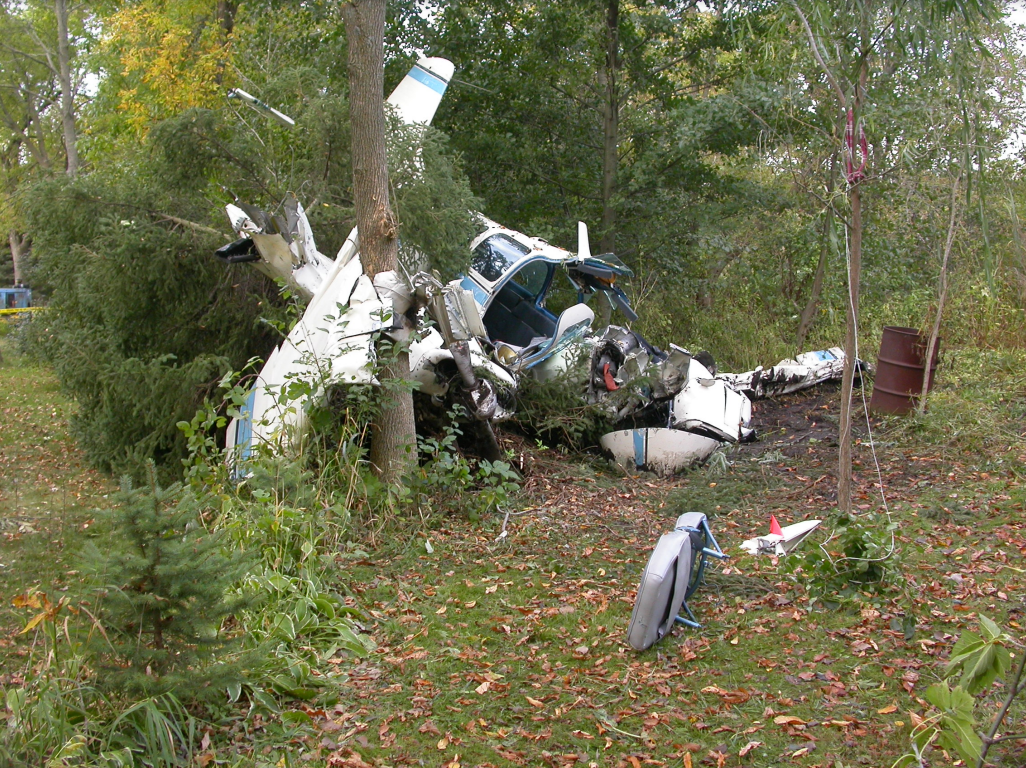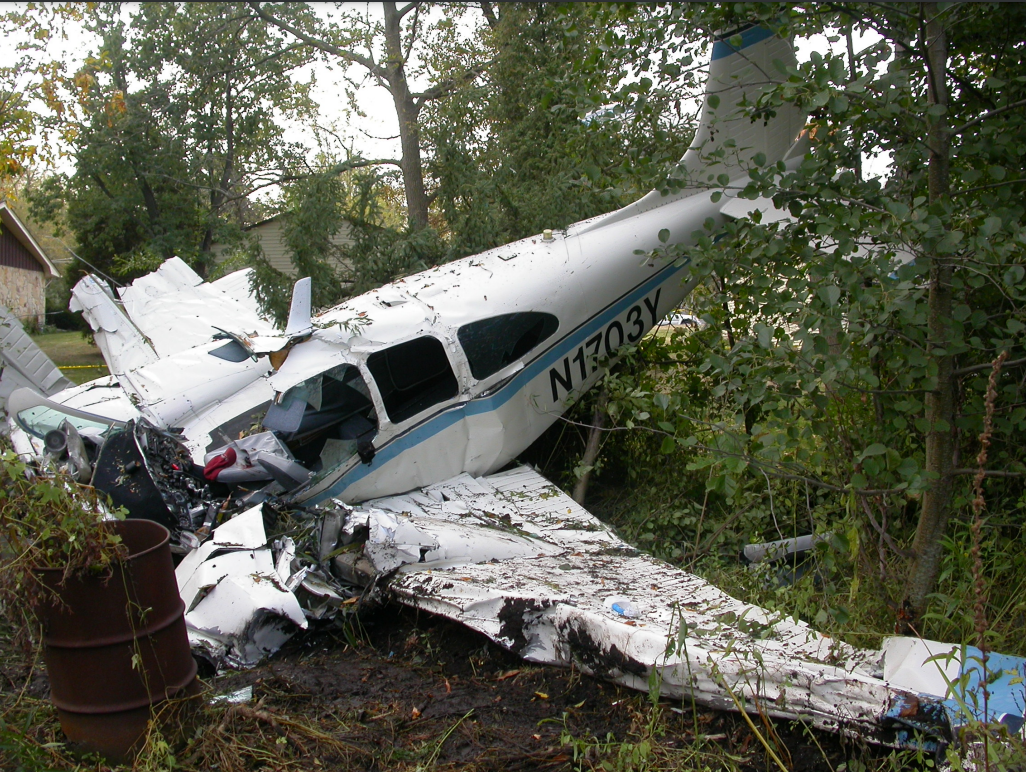
ASN Wikibase Occurrence # 44682
This information is added by users of ASN. Neither ASN nor the Flight Safety Foundation are responsible for the completeness or correctness of this information.
If you feel this information is incomplete or incorrect, you can submit corrected information.
| Date: | Thursday 30 September 2004 |
| Time: | 16:30 |
| Type: |  Beechcraft B95A Travel Air |
| Owner/operator: | GNS LLC |
| Registration: | N1703Y |
| MSN: | TD-498 |
| Total airframe hrs: | 7934 hours |
| Engine model: | Lycoming IO-360-B1A |
| Fatalities: | Fatalities: 3 / Occupants: 3 |
| Aircraft damage: | Destroyed |
| Category: | Accident |
| Location: | Burlington Municipal Airport (BUU), Burlington, WI -
 United States of America United States of America
|
| Phase: | Take off |
| Nature: | Private |
| Departure airport: | Burlington Municipal Airport, WI (KBUU) |
| Westosha Airport, WI (WI10) | |
| Investigating agency: | NTSB |
| Confidence Rating: |
On September 30, 2004, about 1630 central daylight time, a Beech B95A, N1703Y, piloted by a commercial pilot, was destroyed when it impacted trees and terrain after takeoff from runway 11 (4,300 feet by 75 feet, asphalt), at the Burlington Municipal Airport (BUU), Burlington, Wisconsin. The 14 CFR Part 91 flight was operating in visual meteorological conditions without a flight plan. All three occupants of the airplane were fatally injured. The flight was originating at the time of the accident and was en route to the Westosha Airport, Wilmont, Wisconsin.
A witness observed the airplane takeoff and then make a right turn that increased in bank angle until the airplane impacted the ground. Examination of the airplane's control system revealed no pre-impact abnormalities. Examination of the left engine revealed no pre-impact abnormalities. An examination and subsequent test run of the right engine revealed that the engine would not operate continuously with the installed fuel servo. A flow test of the fuel servo showed that the fuel flow was not within the manufacturer's specifications. Disassembly of the fuel servo showed that the fuel regulator nuts were loose and not the same as those originally supplied by the manufacturer. The measured drag torque of the regulator nuts was below the manufacturer's minimum specifications. An overhaul tag indicated that the fuel servo had been previously overhauled. A search of the aircraft records for the previous 5 years showed no record of the fuel servo being overhauled.
Probable Cause: The improper maintenance of the fuel servo resulting in a loose adjustment nut and subsequent failure of the fuel injection servo which led to a complete loss of power on the right engine. Other causes were the pilot's failure to obtain or maintain minimum controllable airspeed which resulted in an uncommanded roll and subsequent impact with the ground.
Accident investigation:
 |
|
Sources:
NTSB: https://www.ntsb.gov/_layouts/ntsb.aviation/brief.aspx?ev_id=20041006X01587&key=1
Images:



Photos: NTSB
Revision history:
| Date/time | Contributor | Updates |
|---|---|---|
| 28-Oct-2008 00:45 | ASN archive | Added |
| 21-Dec-2016 19:24 | ASN Update Bot | Updated [Time, Damage, Category, Investigating agency] |
| 07-Dec-2017 18:24 | ASN Update Bot | Updated [Operator, Destination airport, Source, Narrative] |
Corrections or additions? ... Edit this accident description
The Aviation Safety Network is an exclusive service provided by:


 ©2024 Flight Safety Foundation
©2024 Flight Safety Foundation